Astronomy
-
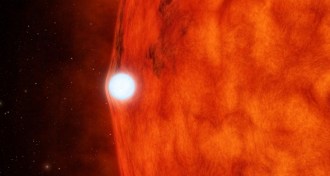 Astronomy
AstronomyWhite dwarf boosts light of stellar companion
A gravitational lens in a binary star lets astronomers weigh the core of a dead star.
-
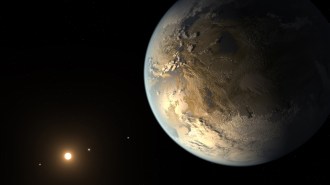 Astronomy
AstronomyEarth-sized planet found in star’s habitable zone
Astronomers have found a potentially habitable Earth-sized planet around a cool red star.
-
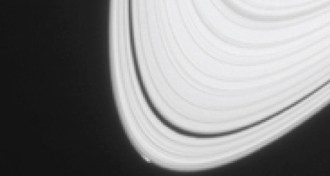 Planetary Science
Planetary ScienceSaturn may be getting a new moon
An icy object within Saturn's rings may be a new moon in the making.
-
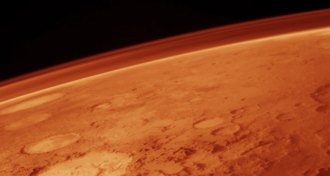 Astronomy
AstronomyEarly Mars couldn’t hold liquid water long
Small rocks hit Mars 3.6 billion years ago, suggesting an early atmosphere too thin for liquid water to hang around very long.
-
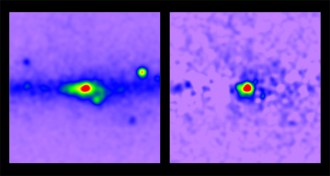 Cosmology
CosmologyGalaxy’s gamma-ray glow may expose dark matter
An excess of gamma rays at the center of the Milky Way could be a signature of dark matter.
By Andrew Grant -
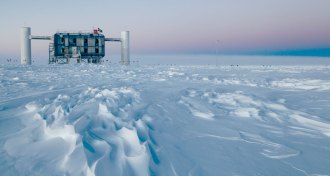 Astronomy
AstronomyNeutrinos from space rain down from all directions
Using Earth as a filter, scientists detect thousands of neutrinos from beyond the solar system.
By Andrew Grant -
 Cosmology
CosmologySpeed of early universe’s expansion determined
The rate known as the Hubble constant is measured with great precision for the universe of 11 billion years ago.
By Andrew Grant -
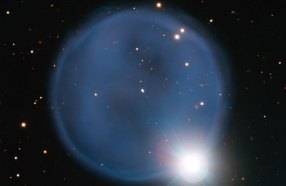 Astronomy
AstronomyDiamond ring shape formed by dead and living stars
Abell 33 is a planetary nebula, the remains of a star, beautifully aligned with another star.
-
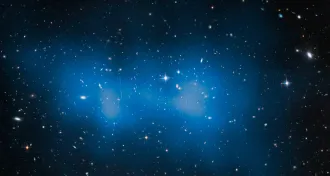 Astronomy
AstronomyEl Gordo galaxy cluster as hefty as 3 million billion suns
The galaxy cluster El Gordo, which is Spanish for “the fat one," is roughly 43 percent more massive than earlier estimates.
-
 Physics
PhysicsMeet Big Bird, highest-energy neutrino ever detected
Big Bird, the neutrino, struck the Antarctic ice with a record 2 million billion electron volts of energy.
-
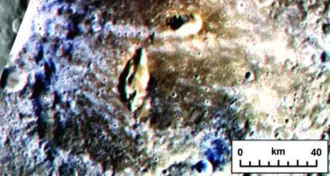 Planetary Science
Planetary ScienceMercury’s surface once exploded in volcanoes
Newly released images show ancient vents and ash scattered within craters on Mercury's surface.
-
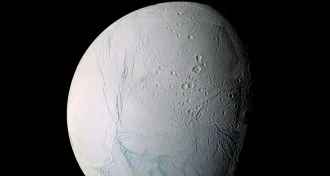 Planetary Science
Planetary ScienceSubsurface sea hides below ice of Saturn moon
Astronomers add to evidence for a subsurface ocean on Enceladus using subtle variations in the moon’s gravity.